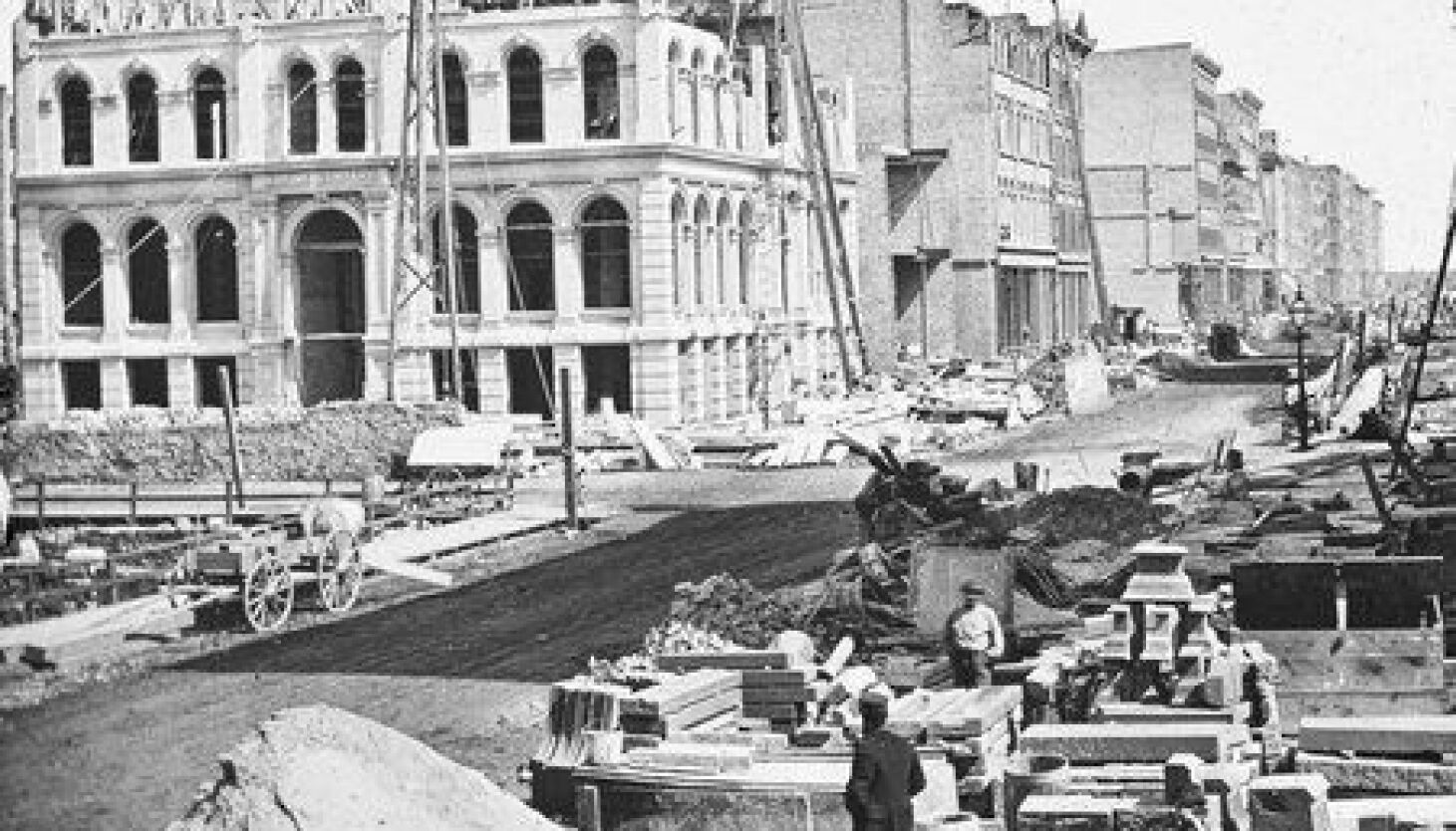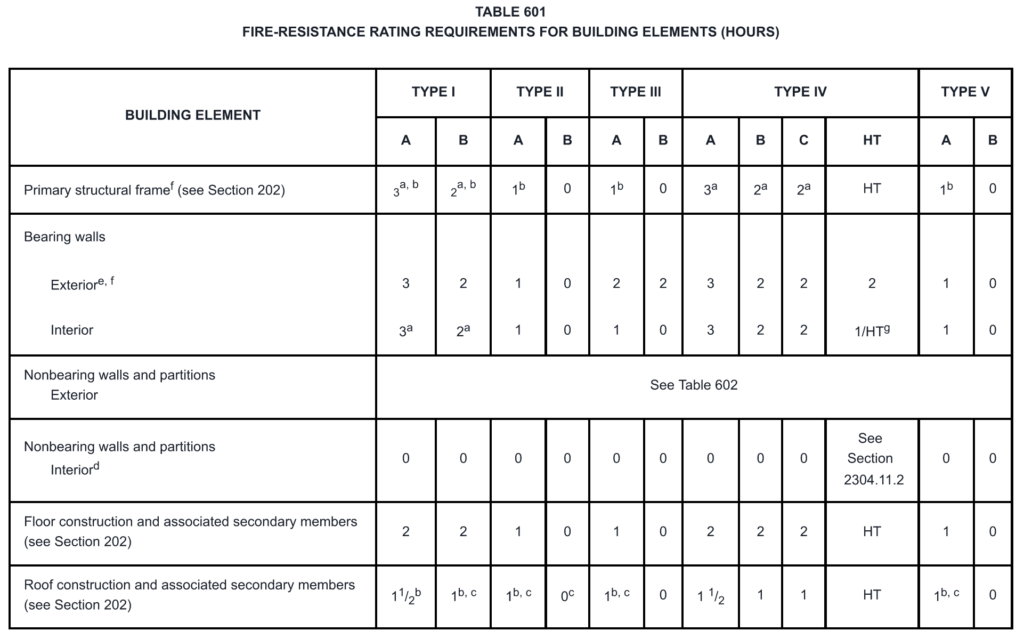Rebuilding
A gap in Chicago’s people that was deepened by this new frontier was the wall between the working-class and wealthier citizens.

Rebuilding the Marine Building, chicago.suntimes.com, 187 -
"Working people opposed the proposed fire limits, while wealthier people generally favored them. There was a major showdown in January of 1872 when the Common Council discussed the proposed limits. The opposition was strong enough to limit the actual changes, and an additional problem was that the limits were not well enforced. Chicago burned down significantly in part because it was constructed almost entirely out of wood (even the streets and sidewalks), [and] that after the fire there were attempts to prevent another fire by requiring that people use other building materials such as brick and stone that are not flammable and that this created social divisions.”
-Carl S. Smith, Author of Chicago's Great Fire
In the aftermath of the fire, many insurance companies were devastated with the weight of the damage. 58 insurance companies buckled under the pressure, and only about half of Chicagoans with insurance were actually given insurance for the damage. The massive destruction led to companies like these pushing for new fire codes to reduce the damage of fires in Chicago.
Although the new codes prevented fires much more efficiently, when they were first put into law most businesses ignored them. The construction workers would often replace the stone with wood and even decorated the houses with wooden awnings, cupolas, and cornices.

Many houses from before the fire were also still standing, and many thought it was unlikely for another fire to stike.It was also very expensive because in order to rebuild complying you needed to buy expensive material such as brick, limestone and mortar. In order to build with these special materials, citizens also had to hire expensive specialized construction crew called masons.
The Palmer House Hotel was a hotel that was destroyed in the fire and the owner, Potter Palmer, hid his plans for the hotel in a pit made of clay and sand. He returned to the ruins to find the pit almost completely unharmed. This mixture was eventually widely used in fire-proof construction.